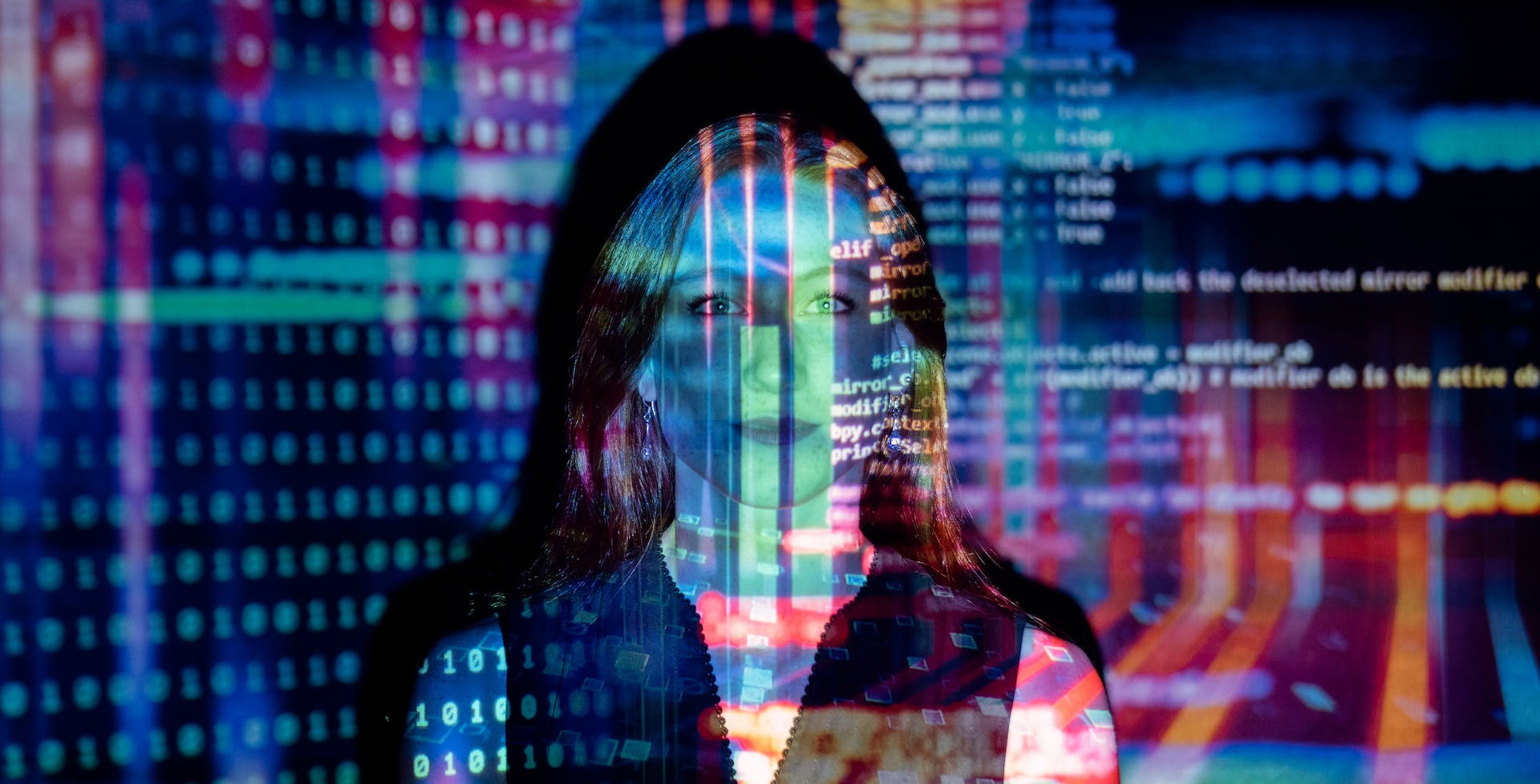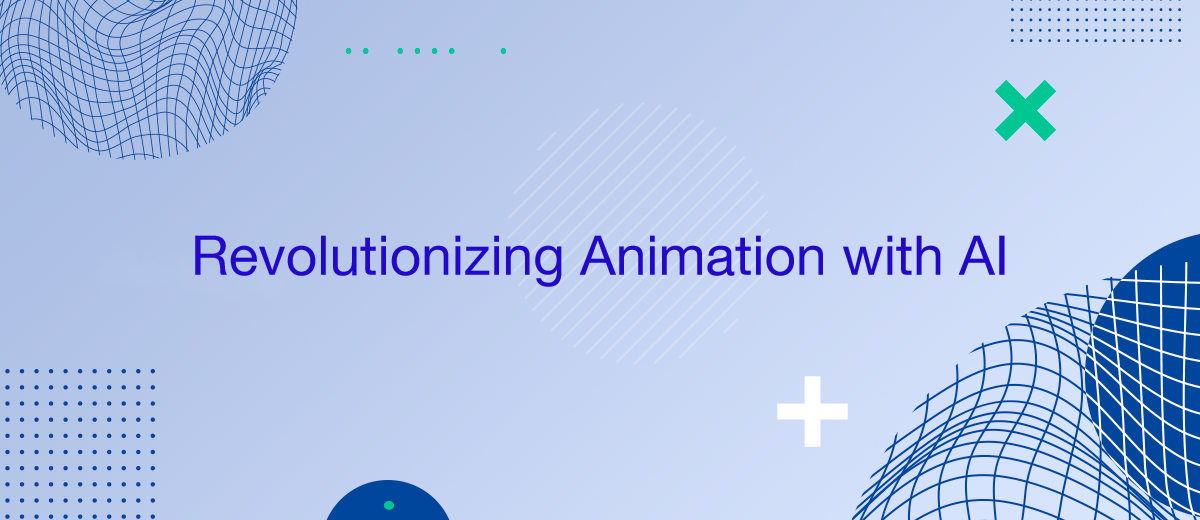The world of animation has come a long way since its inception. From the hand-drawn sketches of the past to the digital 3D renderings of the present, the journey has been nothing short of remarkable. But with the introduction of Artificial Intelligence (AI), the animation industry is poised for another revolution. AI is not just about creating lifelike robots; it’s changing the way we understand and experience art, cinema, and visual narratives. In this blog post, we’ll explore how AI-powered tools are shaping the future of animation and how these advancements are transforming traditional styles through automation.
Streamlined Creation Process with AI
The creative process has often been bogged down by the sheer time and effort it takes to bring complex scenes and characters to life. Traditional methods can be incredibly labor-intensive, requiring meticulous attention to detail in every frame. This is where AI intervenes as a game-changer in the animated video style prevalent today.
AI's role in streamlining the creation process cannot be overstated. By utilizing sophisticated algorithms, AI can automate the more tedious tasks, such as character modeling and background generation, that previously required hours of manual work. For example, an artist might create a series of initial frames, which the AI could then use as a learning base. Understanding the particular artistic style and the trajectory of movements, the AI can generate subsequent frames, maintaining consistency in design and motion.
This automation goes beyond mere replication. It extends into creative assistance, where AI suggests enhancements to scenes or proposes new elements that complement the artist's work. As a result, the animation process becomes exponentially faster, allowing creators to focus their talents on more intricate aspects of the project.
Automated Facial Recognition and Lip-Syncing

Facial expressions and lip movements are critical in animation, breathing life into characters and making them relatable. Traditional animation methods required artists to manually match characters' lip movements with their dialogue, a process that was not only monotonous but also fraught with the possibility of errors.
AI-powered animation tools are revolutionizing this aspect. These advanced systems can analyze voice tracks for speech patterns, intonations, and emotional cues. Equipped with this analysis, the AI can then generate lip-syncing movements that correspond perfectly with the audio. The result is a stunningly authentic portrayal of speech, enhancing the realism of the characters.
But the capabilities of AI in this sphere don’t stop there. Beyond syncing lips with words, AI can interpret emotional undertones in the dialogue, adjusting the character's facial expressions to match. This means if a line is delivered with sarcasm, joy, or frustration, the character's entire face (not just their lips) will reflect that, providing a deeply engaging viewer experience.
Intelligent Character Rigging
Traditionally, character rigging was a painstaking task requiring animators to set up hundreds of joints and controls - a highly technical process demanding both time and precision.
Now, AI-infused software is transforming this tedious process by introducing intelligent auto-rigging. These advanced systems understand the anatomy and proportions of a character based on its 3D model. They can then automatically generate a skeleton and calculate the appropriate weight distribution, ensuring natural movements.
Moreover, AI’s learning capabilities mean that it continually refines its rigging techniques. By analyzing data from various projects, the system recognizes patterns and optimizes the rigging process for future models. This not only speeds up the production significantly but also allows human artists to focus on more creative aspects like character design and narrative development, knowing the technical rigging is in capable 'hands'.
Enhancing Traditional Animation Techniques
Despite the advancements in 3D and digital animation, there remains a nostalgic and artistic charm in traditional 2D hand-drawn animations. These classic techniques, however, are often time-consuming and labor-intensive. AI technology bridges the gap, offering tools that automate parts of the 2D animation process without sacrificing its inherent artistic appeal.
For instance, in a traditional setup, animators would draw each frame from scratch, a method requiring an immense time investment. Now, AI can replicate an artist’s style, learning from initial sketches and drawings. It can then assist in generating frames based on the established style or even color the sketches, ensuring consistency and saving precious hours.
Additionally, these intelligent systems can predict and render fluid motions for 2D characters, removing the need for frame-by-frame manipulation. By analyzing a sequence of movements, AI can generate in-between frames, resulting in smooth, natural animation that stays true to the hand-drawn quality revered by traditionalists and fans alike.
Personalized Animated Content
One of the revolutionary impacts of AI in the digital world is its ability to create personalized experiences. In the context of animation, this personalized approach is taken to new heights. AI systems can gather and analyze viewer preferences, including favorite characters, themes, and narrative styles. This information then influences the animated content, tailoring it to individual viewer tastes.
Imagine an animated series where the storyline adapts based on real-time audience reactions, or a learning program that evolves based on the user's progress and interests. These personalized experiences make the content more engaging, as viewers find a unique connection with the story unfolding before them.
Furthermore, this AI-driven personalization isn't just about shaping the content to existing preferences. It’s also about discovery. Based on a viewer's history, the system can suggest new content avenues, introducing them to genres or styles they're likely to enjoy. This capability makes AI an invaluable tool for content creators looking to increase engagement and build deeper connections with their audience.
Advanced Morphing Techniques
In the transformative world of animation, morphing—the smooth metamorphosis of an object or character into another—holds a special place due to its ability to defy the limits of physical reality. Traditional morphing techniques often involve frame-by-frame transitions, necessitating countless hours of detailed work to ensure seamless transformation. This is especially challenging when maintaining a consistent volume and texture between the morphing subjects.
Enter AI's advanced morphing capabilities. Using complex algorithms, AI can identify and match corresponding points between the initial and final forms, accurately calculating the most efficient transitions required for smooth morphing. This meticulous process considers the preservation of volume, density, and texture, ensuring the transformation is not just fluid but also retains the visual consistency of the subjects involved.
Furthermore, AI introduces an element of creative mastery. Beyond just replicating forms, it can add an artistic touch by enhancing textures, colors, and lighting to make the transformation more visually appealing. For instance, as a character morphs, AI can generate intermediate features, enhancing the spectacle with visually stunning details that might not have been immediately apparent or conceived in the initial design stages. This ability not only saves time but opens new creative avenues, elevating the art of morphing to mesmerizing new heights.
Realistic Motion Capture Enhancements
Motion capture technology has been a staple in creating highly realistic animations, particularly for human characters. By recording the movements of real actors, animators can replicate true human motion in their characters. However, the traditional motion capture process is not without its drawbacks. It often requires specialized equipment, multiple cameras, and a controlled environment, not to mention extensive post-processing to clean up captured data.
With machine learning algorithms, AI systems can analyze fewer data points while still accurately extrapolating full-body movements. This means that even if certain aspects of the motion are obscured or lost, AI can intelligently fill in the gaps, replicating realistic and fluid motion. The implications are profound, particularly for independent creators or smaller studios that might not have the resources for full-scale motion capture setups.
Additionally, AI's predictive capabilities allow for real-time motion capture adjustments. For example, if an actor's leap doesn't match the superheroic leap intended in the animation, AI can adjust the trajectory and landing in real-time, aligning the motion more closely with the character's intended capabilities. This real-time enhancement extends to facial expressions as well, where subtle nuances are captured and extrapolated, ensuring emotionally rich and lifelike characters.
Conclusion
The integration of Artificial Intelligence in the field of animation is rewriting the rules of what's possible in both visual storytelling and artistic expression. As we've explored, AI's influence is multifaceted, enhancing both the creation process and the final animated product in ways that were unimaginable just a few years ago.
From the outset, AI streamlines the animation creation process, taking over labor-intensive tasks and infusing efficiency into model creation and scene development. It's not about replacing the animator, but amplifying their capabilities. By handling the heavy lifting of tasks like detailed rendering, AI allows artists to return to the heart of their work: storytelling and creativity.
Would you like your employees to receive real-time data on new Facebook leads, and automatically send a welcome email or SMS to users who have responded to your social media ad? All this and more can be implemented using the SaveMyLeads system. Connect the necessary services to your Facebook advertising account and automate data transfer and routine work. Let your employees focus on what really matters, rather than wasting time manually transferring data or sending out template emails.
